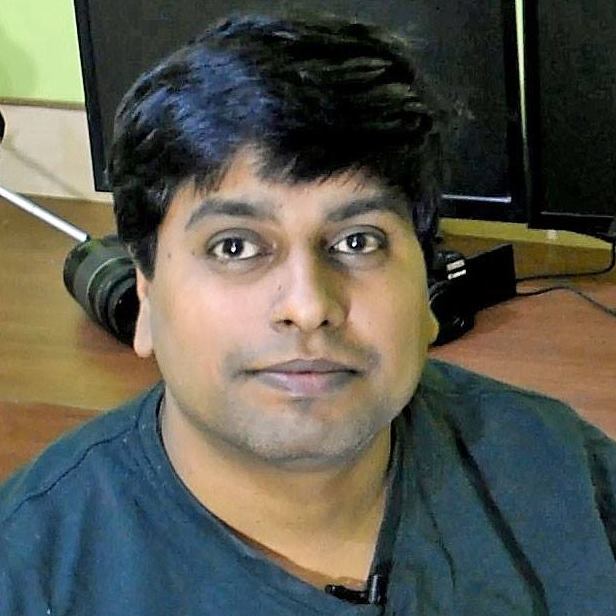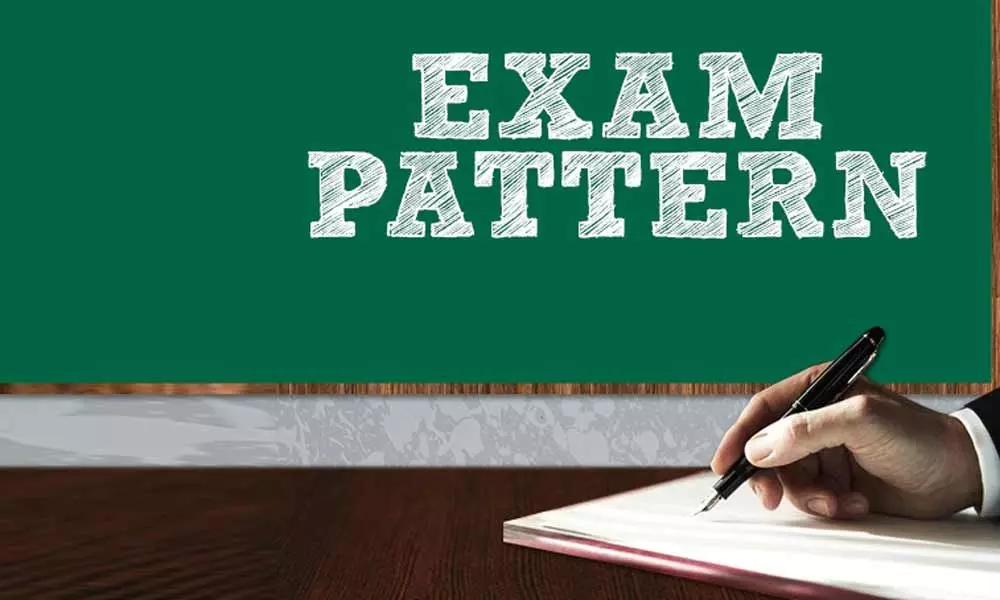SSC JE Exam Pattern 2026 – The Staff Selection Commission Junior Engineer (SSC JE) exam is a highly competitive examination for engineering graduates aiming to secure prestigious government jobs in Civil, Electrical, and Mechanical disciplines. Understanding the SSC JE Exam Pattern 2026 is crucial for effective preparation and maximizing your chances of success. This comprehensive guide provides detailed insights into the exam structure, marking scheme, and preparation tips to help aspirants excel. Additionally, we’ve included an SEO-optimized structure and a FAQ section to address common queries.
Overview of SSC JE Exam 2026
The SSC JE exam is conducted annually by the Staff Selection Commission (SSC) to recruit Junior Engineers for various government departments. The exam is designed to assess candidates’ technical knowledge and general aptitude through two stages: Paper 1 and Paper 2, both conducted as Computer-Based Tests (CBTs). Successful candidates proceed to Document Verification and Medical Examination. The exam is scheduled for 2026, with specific dates to be announced by SSC. The number of vacancies for 2026 will be updated on the official SSC website.
This blog post covers the detailed exam pattern for both papers, marking schemes, subject-wise weightage, and expert preparation tips to help you navigate the SSC JE 2026 exam with confidence.
SSC JE Exam Pattern 2026: Key Details
The SSC JE 2026 exam consists of two papers, both featuring objective-type multiple-choice questions (MCQs) conducted in online mode. Candidates must choose their engineering discipline (Civil, Electrical, or Mechanical) during the application process, as this determines the technical sections they will attempt in both papers. Below is a detailed breakdown of the exam pattern for Paper 1 and Paper 2.
SSC JE Paper 1 Exam Pattern
Paper 1 is the first stage of the SSC JE exam and serves as a screening test. It assesses candidates’ general aptitude and basic technical knowledge. Here’s the structure:
- Mode: Computer-Based Test (CBT)
- Type of Questions: Objective-type Multiple-Choice Questions (MCQs)
- Total Questions: 200
- Total Marks: 200
- Duration: 2 hours (2 hours 40 minutes for candidates eligible for a scribe)
- Negative Marking: 0.25 marks deducted for each incorrect answer
- Language: Questions are available in English and Hindi
Sections and Weightage
Paper 1 is divided into three sections:
| Section | Subject | No. of Questions | Marks | Focus |
|---|---|---|---|---|
| 1 | General Intelligence & Reasoning | 50 | 50 | Tests logical thinking, problem-solving, and analytical skills |
| 2 | General Awareness | 50 | 50 | Evaluates knowledge of current events, history, geography, and general science |
| 3 | General Engineering (Choose one): – Part A: Civil & Structural Engineering – Part B: Electrical Engineering – Part C: Mechanical Engineering | 100 | 100 | Assesses core technical knowledge specific to the candidate’s chosen discipline |
Key Notes:
- Candidates must select the appropriate engineering part (A, B, or C) based on their educational background during the application process.
- Failure to attempt the correct section as per qualifications will lead to application rejection.
- The General Engineering section questions are set at a Diploma in Engineering level.
SSC JE Paper 2 Exam Pattern
Paper 2 focuses exclusively on the candidate’s chosen engineering discipline, testing in-depth technical knowledge.
- Mode: Computer-Based Test (CBT)
- Type of Questions: Objective-type Multiple-Choice Questions (MCQs)
- Total Questions: 100
- Total Marks: 300 (3 marks per question)
- Duration: 2 hours (2 hours 40 minutes for candidates eligible for a scribe)
- Negative Marking: 1 mark deducted for each incorrect answer
- Language: Questions are available in English and Hindi
Sections and Weightage
Paper 2 consists of one section based on the candidate’s chosen discipline:
| Section | Subject | No. of Questions | Marks | Focus |
|---|---|---|---|---|
| 1 | General Engineering (Choose one): – Part A: Civil & Structural Engineering – Part B: Electrical Engineering – Part C: Mechanical Engineering | 100 | 300 | Tests advanced technical knowledge in the chosen engineering stream |
Key Notes:
- Candidates can use aids like Slide-Rule, Calculator, Logarithm Table, and Steam Table in Paper 2, but not in Paper 1. A scientific calculator is provided in the exam software for Paper 2.
- The questions in Paper 2 are more complex, reflecting the higher weightage per question (3 marks).
SSC JE Selection Process
The SSC JE 2026 selection process includes the following stages:
- Paper 1 (CBT): Candidates who qualify Paper 1 proceed to Paper 2.
- Paper 2 (CBT): Candidates must clear Paper 2 to be eligible for the next stage.
- Document Verification: Candidates present original documents and certificates for verification.
- Medical Examination: Ensures candidates meet the health and fitness standards required for the role.
Only those who clear both Paper 1 and Paper 2 will be called for Document Verification and Medical Examination.
Preparation Tips for SSC JE 2026
To excel in the SSC JE exam, aspirants must adopt a strategic preparation plan. Here are some expert tips:
- Understand the Syllabus: Thoroughly review the SSC JE Syllabus 2026 for Paper 1 and Paper 2. Focus on key topics like General Intelligence, General Awareness, and your chosen engineering discipline.
- Practice with Mock Tests: Regularly attempt mock tests to simulate exam conditions and improve speed and accuracy. Resources like Testbook and Adda247 offer SSC JE-specific mock tests.
- Time Management: Allocate time wisely during the exam. Prioritize sections where you are strong to maximize your score while avoiding negative marking.
- Focus on Technical Subjects: For Paper 2, dive deep into your engineering discipline. Use standard textbooks and previous year papers to master core concepts.
- Stay Updated on Current Affairs: For the General Awareness section, read newspapers and follow reliable sources for current events, history, and general science.
- Revise Regularly: Create concise notes for quick revision, especially for formulas and key concepts in the General Engineering section.
- Avoid Guesswork: With negative marking in both papers (0.25 in Paper 1, 1 in Paper 2), attempt only those questions you are confident about to avoid losing marks.
Why Understanding the SSC JE Exam Pattern is Crucial
Knowing the exam pattern helps candidates:
- Plan Preparation: Allocate time to each section based on its weightage and difficulty.
- Avoid Mistakes: Understand negative marking and question types to strategize attempts.
- Boost Confidence: Familiarity with the structure reduces exam-day anxiety and improves performance.
FAQs About SSC JE Exam Pattern 2026
Q1: What is the mode of the SSC JE 2026 exam?
The SSC JE 2026 exam is conducted in online mode as a Computer-Based Test (CBT) for both Paper 1 and Paper 2.
Q2: How many stages are there in the SSC JE exam?
The SSC JE exam has four stages: Paper 1 (CBT), Paper 2 (CBT), Document Verification, and Medical Examination.
Q3: Is there negative marking in the SSC JE 2026 exam?
Yes, Paper 1 has a negative marking of 0.25 marks per incorrect answer, and Paper 2 has a negative marking of 1 mark per incorrect answer. There is no negative marking for unanswered questions.
Q4: Can I use a calculator during the SSC JE exam?
Yes, candidates can use a Slide-Rule, Calculator, Logarithm Table, and Steam Table for Paper 2 only. These aids are not allowed in Paper 1. A scientific calculator is provided in the exam software for Paper 2.
Q5: What is the duration of each paper in SSC JE 2026?
Both Paper 1 and Paper 2 have a duration of 2 hours. Candidates eligible for a scribe get 2 hours and 40 minutes.
Q6: Are the questions in the SSC JE exam bilingual?
Yes, questions in both Paper 1 and Paper 2 are set in English and Hindi, except for language-specific questions.
Q7: What is the level of questions in the SSC JE exam?
The questions in the General Engineering sections are set at the level of a Diploma in Engineering (Civil, Electrical, or Mechanical) from a recognized institute.
Q8: How many marks are allotted to each question in SSC JE Paper 1 and Paper 2?
In Paper 1, each question carries 1 mark (total 200 marks for 200 questions). In Paper 2, each question carries 3 marks (total 300 marks for 100 questions).
The SSC JE Exam Pattern 2026 provides a clear roadmap for aspirants to structure their preparation. By understanding the sectional weightage, marking scheme, and question types for both Paper 1 and Paper 2, candidates can prioritize their study plan and focus on high-scoring areas. Regular practice, thorough revision, and strategic time management are key to cracking this competitive exam. For the latest updates, visit the official SSC website at ssc.gov.in.
Start your preparation today, leverage mock tests, and stay disciplined to secure your dream job as a Junior Engineer in 2026!
Source – https://ssc.nic.in/

Hi, I’m Varun Pathak, the founder of TheSarkariNaukri.com—a dedicated platform for the latest updates on government jobs (Sarkari Naukri) in India. With years of experience curating reliable information on job vacancies, admit cards, exam results, and preparation strategies, I help thousands of aspirants navigate the competitive world of public sector opportunities. Passionate about job security, career growth, and empowering freshers for roles like IAS, IPS, and PSU positions, I update the site regularly with actionable insights for 2025 and beyond. Let’s connect to turn your career dreams into reality!
